Healthy sun habits (ages 11-13)
Good Skin Knowledge lesson plan
Time: 45 min
Objective
State two ways to protect themselves from the sun
Explain what at least two different things on a sunscreen label mean
Materials
Assessment
During Introduction to New Material, Facilitator will evaluate if students were able to understand different terms by reviewing worksheet with them and listening to what they wrote for their definitions.
At the end of the Introduction of New Material, Facilitator will check for questions.
During Closing, Facilitator will ask review questions to class to see if they understood the material.
Opening
3 minutes
Facilitator asks if anyone in the class can tell him/her what “SPF” stands for or, if not what the letters stand for, what we use it for.
Facilitator then says they are going to find out what it stands for later.
Facilitator says that there are a lot of terms that are used on sunscreen labels these days, and it can be overwhelming. Today they will be going over some healthy sun habits as well as deciphering/decoding sunscreen labels.
Introduction to new material
Decoding Sunscreen Label worksheet, pencils
Facilitator hands out Decoding Sunscreen Label worksheet and tells students to fill out the bottom portion as s/he explains different parts of a sunscreen label.
Facilitator goes through different parts of sunscreen labels. SPF: Sun Protection Factor. This tells us how strong the sun protection is. While the FDA (US Food and Drug Administration) recommends a minimum of SPF 15, the American Academy of Dermatology suggests at least SPF 30.
Broad spectrum: You might see this on some of your sunscreen labels. This means that this helps protect against the sun’s UVA and UVB rays, as well as helps prevent sunburn and skin cancer.
Skin Cancer/Skin Aging Alert: This would be found in the Drug Facts part of the label. If you see this, it means that this sunscreen can prevent sunburn but does not help protect you from skin cancer and early skin aging. Products must be SPF 15 or higher and broad spectrum or else they will carry this label in their drug facts.
Water resistant for up to 40 or 80 minutes: This means that the sunscreen will protect you for the stated amount of minutes while in water or swimming.
Facilitator then says that they may see the term “sweat proof” or “waterproof” but they are not supposed to have them because the FDA is unsure whether these terms are misleading.
Facilitator then asks for volunteers to read what terms they wrote on the Decoding Sunscreen Label worksheet.
Facilitator asks students if they can think of other ways to protect themselves from the sun:
Seek shade: If your shadow is shorter than you, you should hang out in the shade. The sun is usually strongest between 10AM and 2PM.
Cover up: sunglasses, clothes, and hats.
Facilitator checks for questions.
Independent practice
2 minutes (to explain)
Facilitator says that when they go home or next time they are at the store, look in the sunscreen aisle and look at the label of the sunscreen they usually use. Is it broad spectrum? Are they getting as much protection as they thought?
Closing
7-10 minutes
Facilitator tells students it’s important when using sunscreen to put it on daily to protect their skin. UV rays can affect skin even on cloudy days. It’s easy if they buy lotion or moisturizer that already has sunscreen in it.
Facilitator reminds them that it’s also important to reapply! They should remember to apply sunscreen, especially around water, sand, and snow because they can reflect the sun and increase the chances of you burning.
Facilitator then informally and orally quizzes class on different parts of sunscreen label and what they mean.
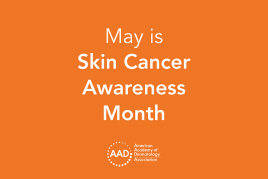 Think sun protection during Skin Cancer Awareness Month
Think sun protection during Skin Cancer Awareness Month
 How to care for your skin if you have lupus
How to care for your skin if you have lupus
 Practice Safe Sun
Practice Safe Sun
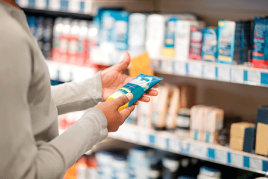 Sunscreen FAQs
Sunscreen FAQs
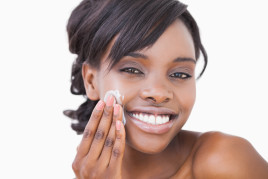 Fade dark spots
Fade dark spots
 Hidradenitis suppurativa
Hidradenitis suppurativa
 Laser hair removal
Laser hair removal
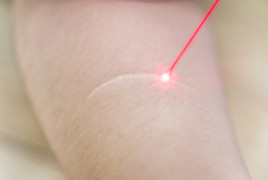 Scar treatment
Scar treatment
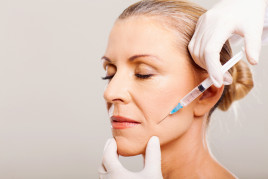 Botox
Botox
 Kids' camp - Camp Discovery
Kids' camp - Camp Discovery
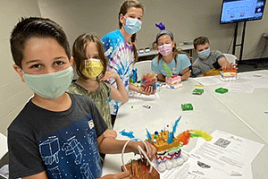 Dermatologist-approved lesson plans, activities you can use
Dermatologist-approved lesson plans, activities you can use
 Find a Dermatologist
Find a Dermatologist
 Why choose a board-certified dermatologist?
Why choose a board-certified dermatologist?